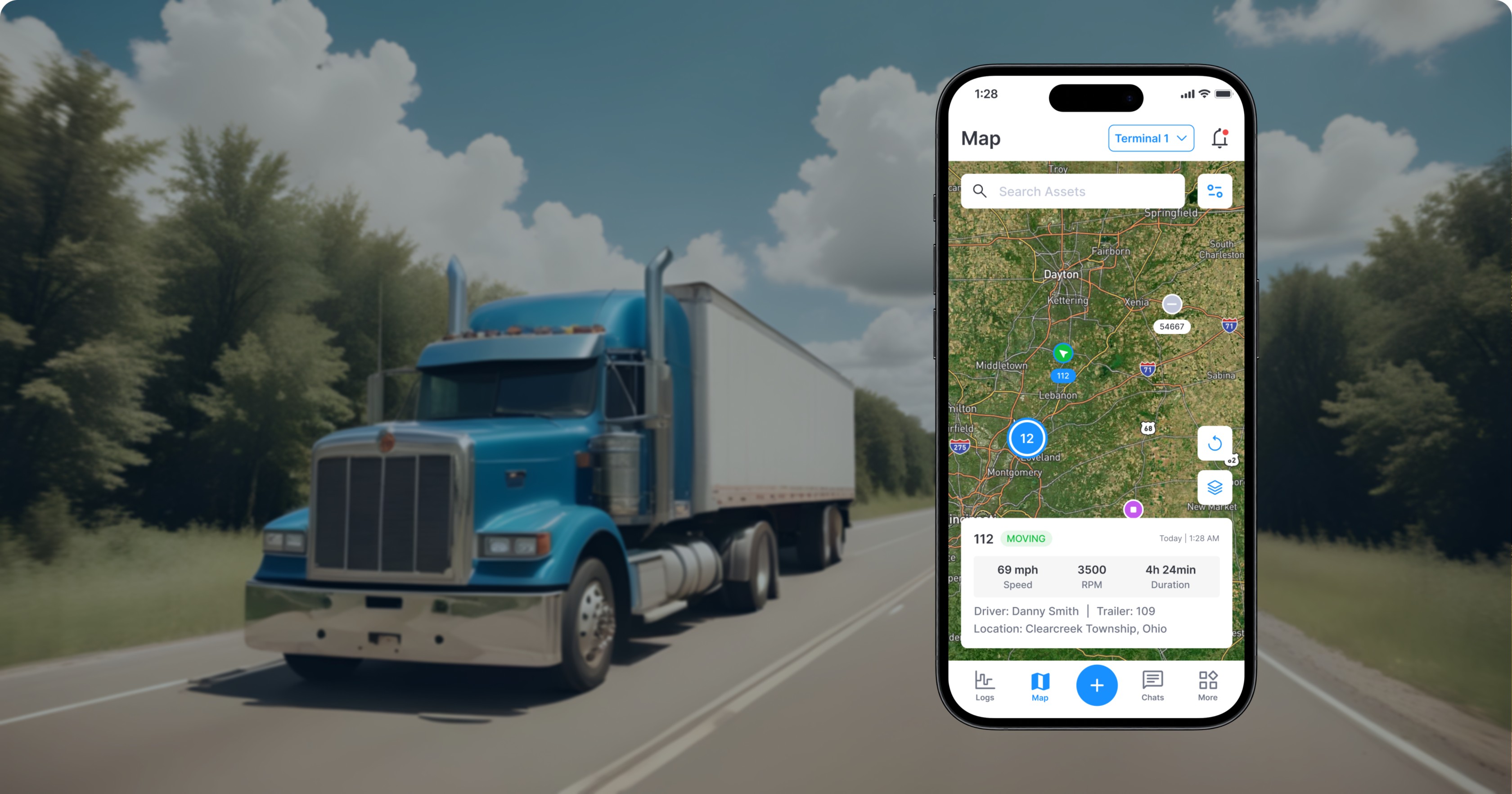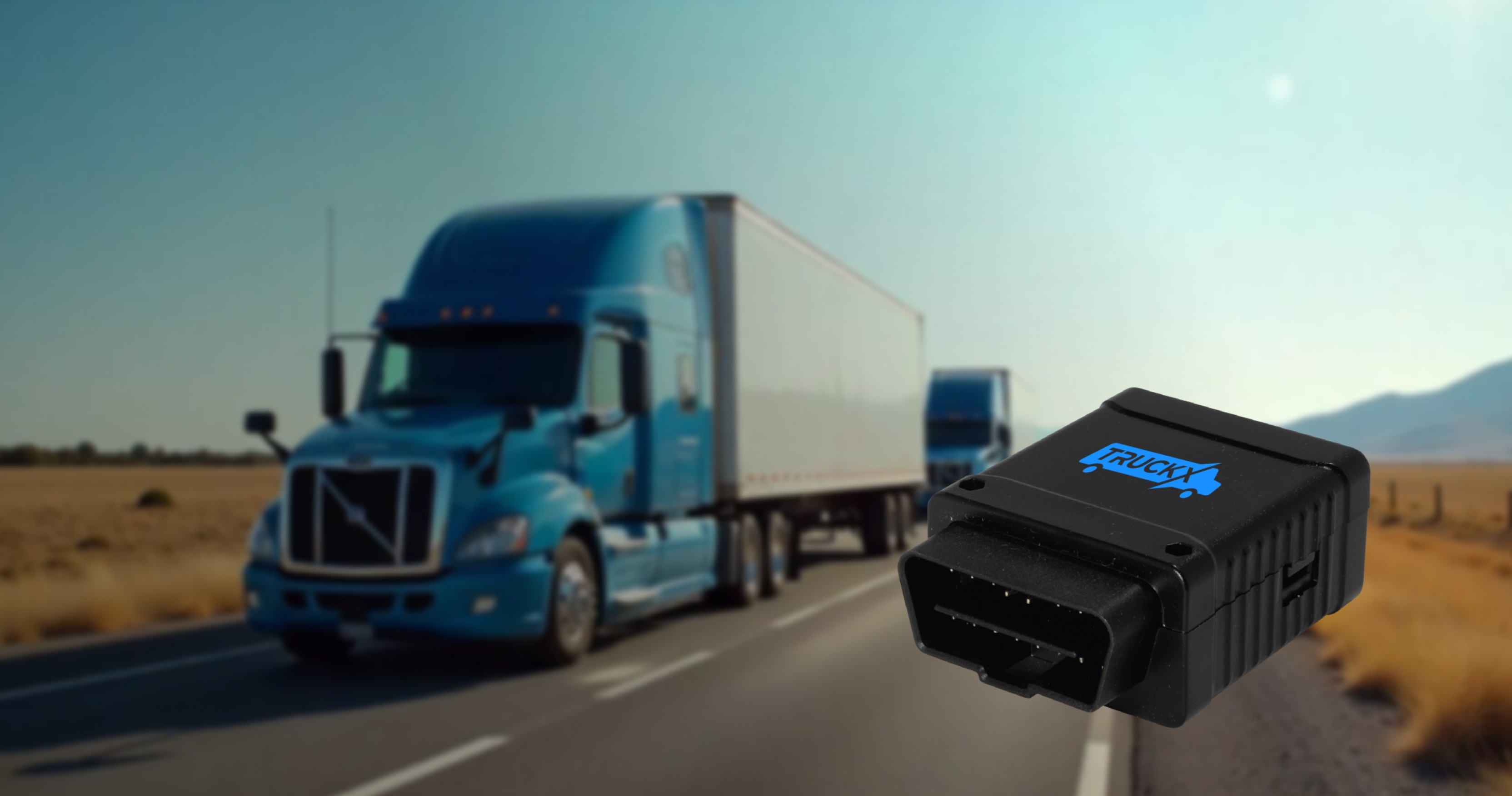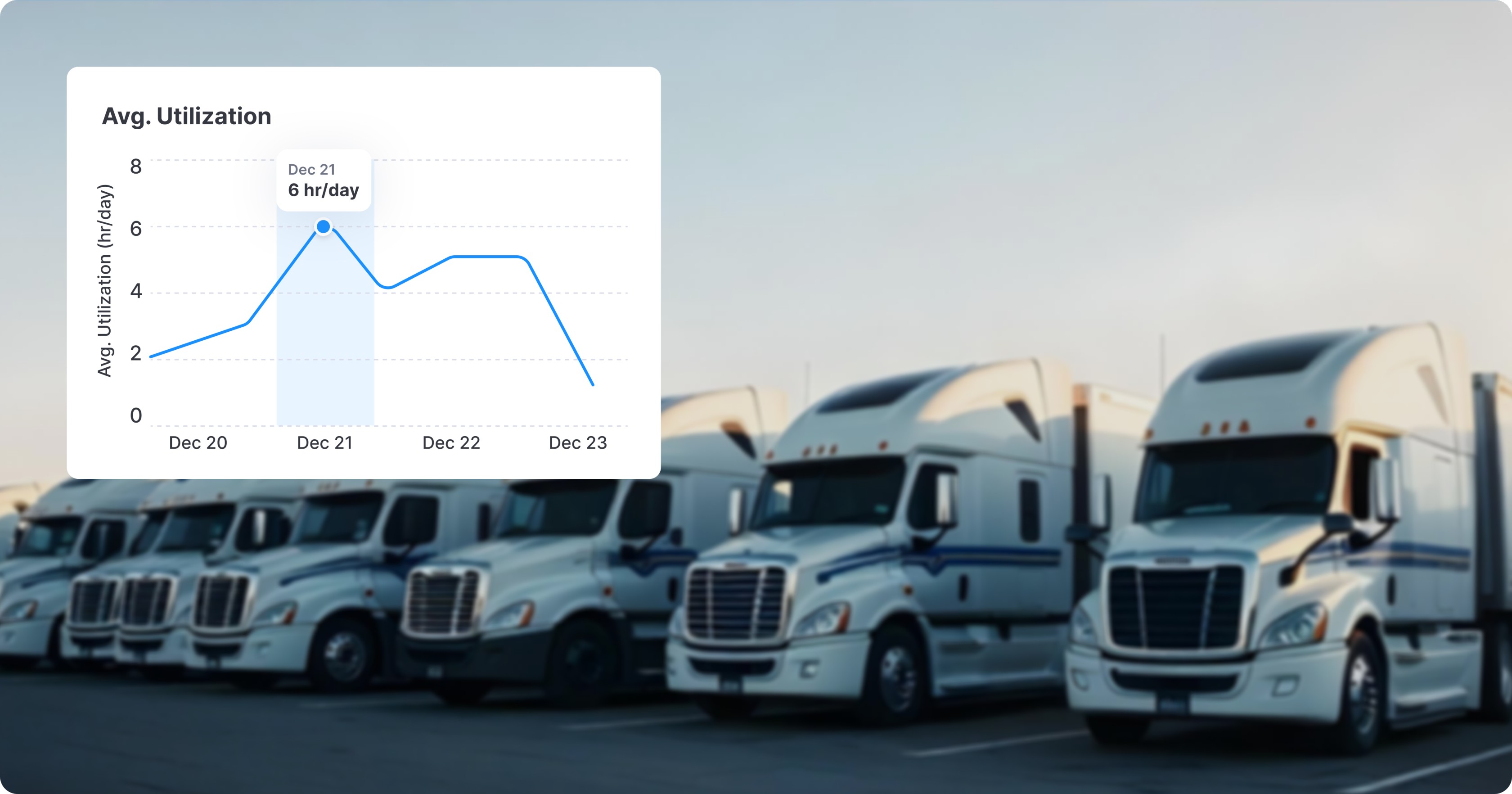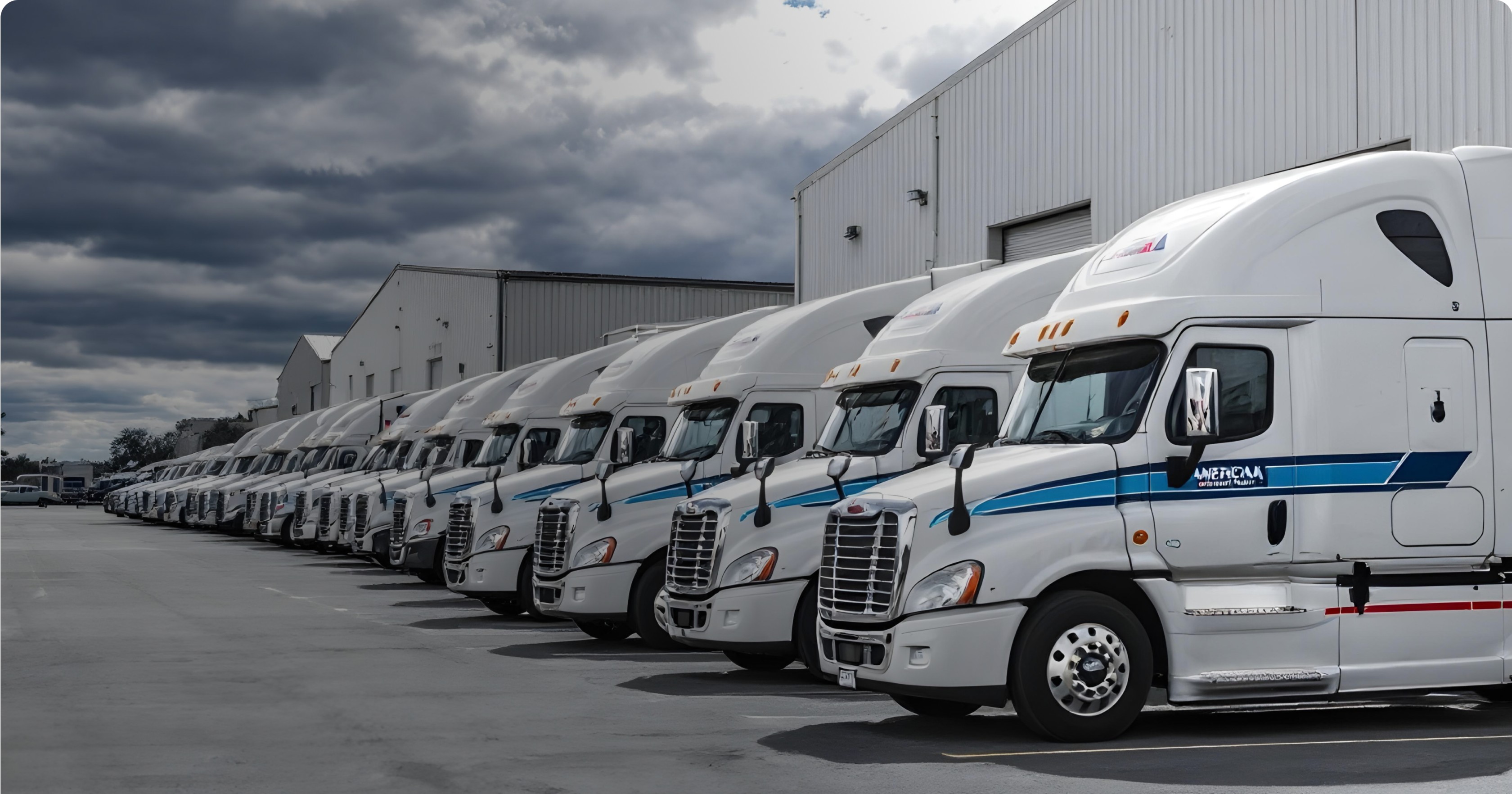From Driver to Boss: 10 Steps to Becoming a Successful Owner-Operator

Becoming an owner-operator in the U.S. trucking industry is a rewarding way to take control of your career and business. As an owner-operator, you are the driver and the boss, which means more independence, responsibility, and earnings potential. At TruckX, we know the journey from driver to owner-operator comes with many challenges, from setting up your business to staying compliant with regulations. In this guide, we will walk you through every step, confidently helping you launch your next journey.
What Does an Owner-Operator Do?
An owner-operator is a trucking professional who owns and operates a commercial truck, running their business as an independent contractor or small business owner. Unlike company drivers who work directly for a fleet, owner-operators take on the dual role of driver and entrepreneur. This means managing both the logistics of hauling freight and the business aspects of running a trucking company.
How to Become an Owner-Operator
1. Check Your Financial Readiness
Buying or leasing a truck, purchasing insurance, and reserving funds for fuel, maintenance, and permits usually require at least $10,000–$20,000 in working capital. Price out each line item, compare loan and lease terms, and build a starter budget so you know your break-even rate per mile on day one.
2. Choose a Business Structure
Most first-time owners file either as a sole proprietorship or a limited liability company (LLC). A sole proprietorship is quick and inexpensive but leaves personal assets exposed; an LLC costs a bit more upfront, yet shields you from many legal liabilities. Once you decide, apply for an Employer Identification Number (EIN) so you can open a business bank account and separate personal and company expenses.
3. Earn or Upgrade Your CDL
If you do not already hold a Class A Commercial Driver’s License (CDL), enroll in a certified driving school, pass the state knowledge test, complete the road exam, and keep your driving record clean. A solid safety history can dramatically lower future insurance premiums.
4. Secure Your Operating Authority
Register with the Federal Motor Carrier Safety Administration (FMCSA) to obtain both a USDOT number, which tracks your safety stats, and an MC number, which authorizes you to haul freight across state lines. Submit forms, pay filing fees, and prepare for the New Entrant Safety Audit within the first eighteen months.
5. Choose and Acquire Your Truck
Decide whether buying or leasing makes more sense for your cash flow. Purchase gives you equity and the freedom to customize; leasing lowers initial costs but may include mileage caps. Match the truck type to your freight niche: reefer for perishables, day trucks for regional hops, heavy-haul specs for oversized loads, and budget for any specialty trailers or securement gear you will need.
6. Ensure the Rig and Your Business
Primary liability coverage is federally required; physical damage and cargo policies protect your truck and the freight you carry. Premiums depend on driving record, equipment value, and routes. Shop several underwriters, ask about new-venture discounts, and revisit your policy whenever you switch lanes or add trailers.
7. Install an ELD and Stay Compliant
FMCSA mandates an electronic logging device to record Hours-of-Service data. Look for a system that is simple to use, offers real-time HOS alerts, automates IFTA mileage, displays diagnostic trouble codes (DTC), and provides GPS tracking, such as TruckX ELD One with 24/7 multilingual support. Compliance hiccups are costly; a reliable ELD keeps you legal and on the road.
8. Build a Business Plan and Operating Budget
Outline your freight niche, revenue goals, and cost projections for fuel, tires, maintenance, tolls, and taxes. Set aside a maintenance reserve, track income and expenses through accounting software, and plan for quarterly estimated taxes. A written roadmap helps you measure progress, secure financing, and adjust rates when costs rise.
9. Prioritize Regulatory Updates
Daily inspections and scheduled service keep your truck safe, fuel-efficient, and profitable. Follow up with the manufacturer for oil, filters, and brakes, and monitor tire pressure weekly. Stay current on FMCSA rule changes; ignorance can lead to fines or downtime that derail your cash flow. Fleet-management solutions from TruckX deliver engine-health alerts so problems are fixed before they strand you roadside.
10. Source Freight Through Load Boards and Direct Contracts
Online load boards, free or subscription, list thousands of available shipments. Compare rates, lane density, and payment terms before you commit. Over time, cultivate direct relationships with shippers and brokers for steadier revenue and better negotiating power. Whether mileage-based or percentage-based, choose loads that meet your profit goals after fuel and overhead.
Conclusion
Becoming an owner-operator in the U.S. trucking industry is an exciting step toward independence and financial growth. While it comes with challenges, having the right knowledge, equipment, and tools can set you up for success. Every decision you make builds a strong foundation for your business, from choosing the right truck and securing insurance to staying compliant with ELD mandates. Start your journey by exploring TruckX’s ELD solutions on TruckX.com or call +1 (650) 600-6007 today and set your fleet up for success.
Note: IndiBlogHub features both user-submitted and editorial content. We do not verify third-party contributions. Read our Disclaimer and Privacy Policyfor details.







